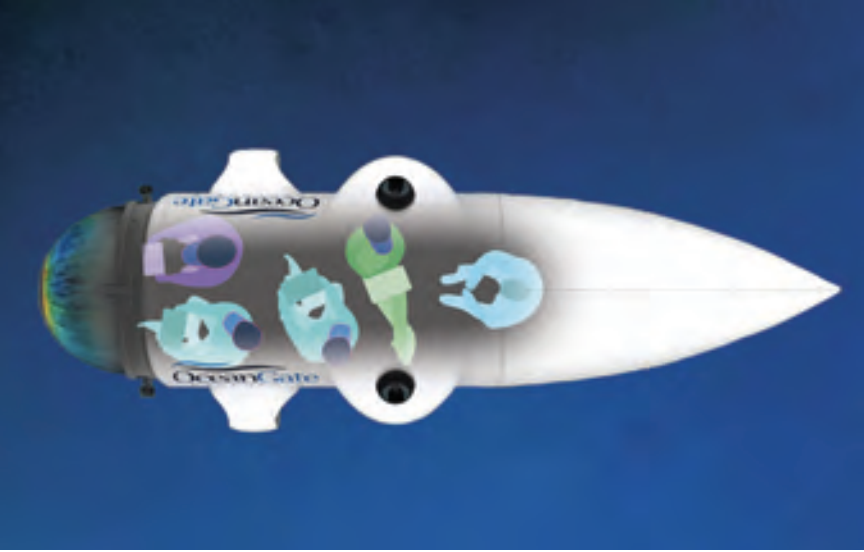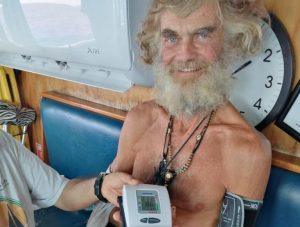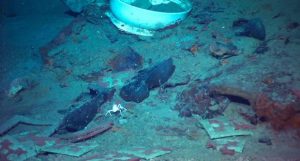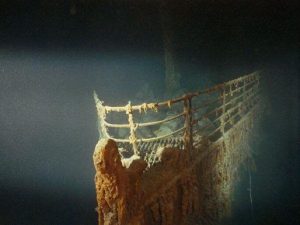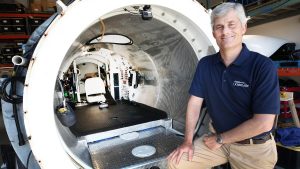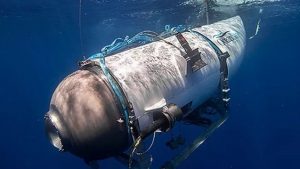Some of the most cutting-edge underwater search technology has been used to probe the depths of the Atlantic as the search for the missing Titan submarine grows more frantic.
Also Read: How Chris Brown, Hamish Harding’s friend, backed out of OceanGate Titanic submersible tour
According to Coast Guard officers, two submersibles with a maximum depth of 20,000 feet are spearheading the underwater search right now, and more are on the way. A flotilla of specialised ships that includes equipment that might help remove Titan from the seabed is assisting the vehicles.
However, the missing ship, which vanished on Sunday morning with five passengers on board, had fewer than 24 hours’ worth of oxygen left. Approximately 14,000 square miles, or twice the size of Connecticut, are now included in the search area.
The fact that the underwater vehicles may be able to locate Titan, which was travelling towards the Titanic ruins 12,500 feet below the surface, but it will require additional specialised instruments for the enormous task of pulling it up, adds to the time constraint.
On Wednesday, a Canadian P-3 plane equipped with sonar picked up a recurring “banging” sound that scientists believe was made by Titan’s crew, raising some optimism for a recovery. Sounds were first heard overnight, according to the Coast Guard chief who is overseeing the search, and more were found today.
Also Read: How many times has OceanGate’s submersible been on Titanic tour?
A number of planes, including the P-3, are assisting in the search by combing the ocean’s surface and using sonar technology to look for signs of activity on the seabed.
Additionally, a variety of military and commercial vessels are present, providing a range of search capabilities, communication devices, and rescue instruments in the event that Titan is located.
If Titan is still on the seabed or is trapped inside the Titanic’s wreckage, it will ultimately be up to the submersibles to get a look at it.
In a statement on Wednesday, Sean Leet, a co-founder of Horizon Maritime Services, the organization that owns Titan’s mothership Polar Prince, said that he had never witnessed a rapid movement of advanced search “equipment of that nature.”

